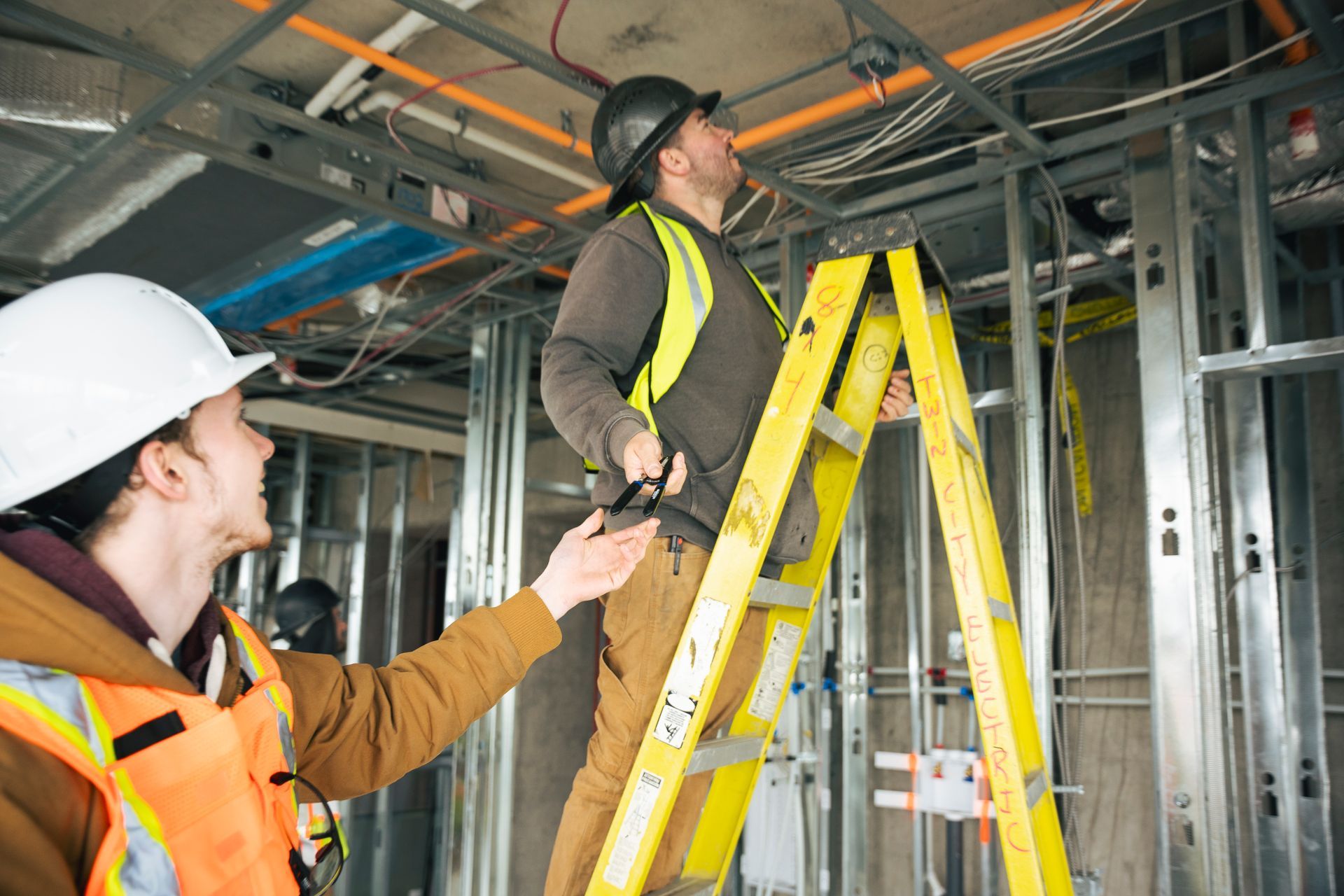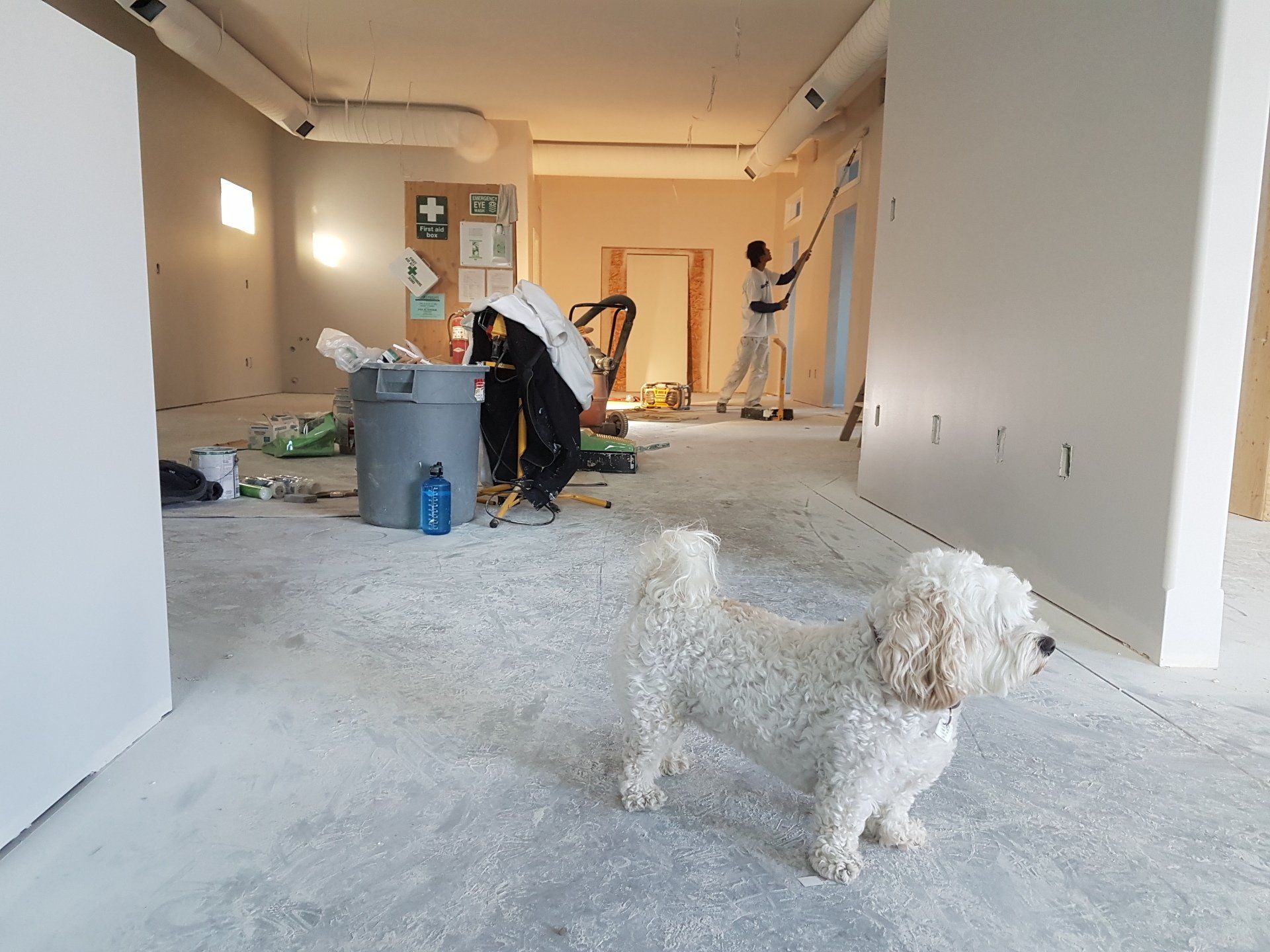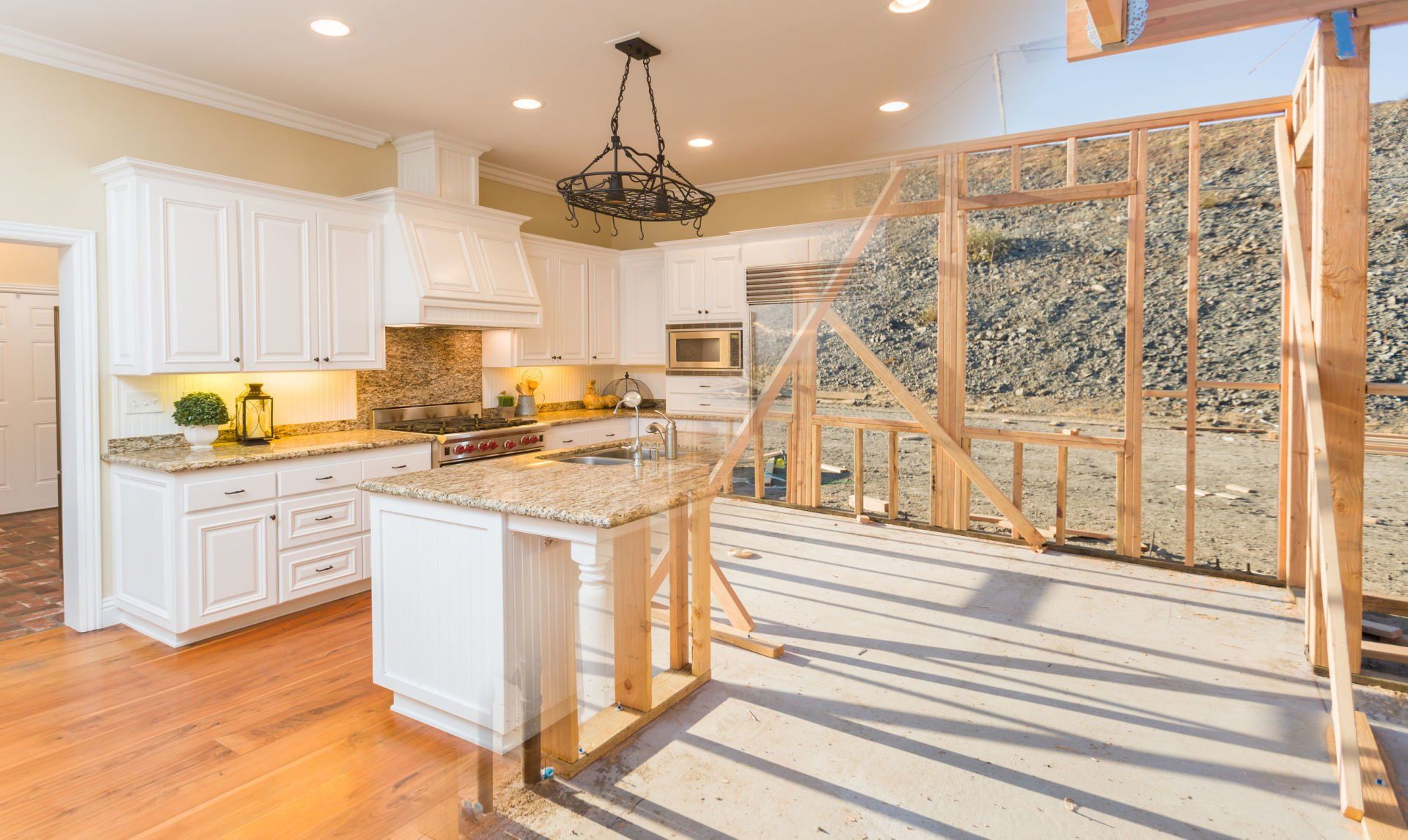GET A FREE QUOTE TODAY - CALL US 902 719 7741



Halifax Renovation Trends: Design Inspirations and Practical Tips
As Halifax continues to evolve, so do the trends in home renovations. From modern updates to timeless classics, homeowners in Halifax are embracing a variety of design inspirations to enhance their living spaces. In this blog post, we'll explore some of the latest renovation trends taking Halifax by storm, offering practical tips and insights for those looking to embark on their own renovation journey.
- Embracing Natural Light:
One of the most sought-after features in Halifax renovations is the incorporation of natural light. Large windows, skylights, and glass doors are popular choices for maximizing sunlight and creating a brighter, more inviting atmosphere. When planning your renovation, consider ways to optimize natural light flow throughout the space, such as removing unnecessary barriers and choosing light-colored finishes to reflect sunlight.
- Sustainable Materials and Practices: With a growing emphasis on sustainability, Halifax homeowners are increasingly turning to eco-friendly materials and practices for their renovations. From reclaimed wood flooring to energy-efficient appliances, there are numerous ways to reduce your environmental footprint while creating a stylish and functional space. When selecting materials for your renovation project, look for certifications such as FSC (Forest Stewardship Council) for wood products and Energy Star ratings for appliances.
- Multi-Functional Spaces: In today's fast-paced world, versatility is key when it comes to home design. Halifax homeowners are prioritizing multi-functional spaces that can adapt to various needs and activities. Consider incorporating features such as built-in storage solutions, convertible furniture, and flexible room layouts to maximize the usability of your space. Whether it's a home office that doubles as a guest bedroom or a kitchen island with integrated seating for casual dining, think creatively about how to make the most of every square foot.
- Statement Lighting: Lighting plays a crucial role in setting the mood and ambiance of a space, and Halifax homeowners are embracing bold, statement lighting fixtures to make a statement in their renovations. Whether it's a striking pendant light in the entryway, a sculptural chandelier above the dining table, or sleek recessed lighting in the kitchen, investing in high-quality fixtures can elevate the overall look and feel of your home. Don't be afraid to mix and match different styles and finishes to create a cohesive lighting scheme that complements your design aesthetic.
- Outdoor Living Spaces: With Halifax's picturesque surroundings, outdoor living spaces are becoming an increasingly popular addition to home renovations. Whether it's a cozy patio for al fresco dining, a spacious deck for entertaining, or a tranquil garden retreat, creating an outdoor oasis can enhance your quality of life and increase the value of your property. When designing your outdoor space, consider factors such as privacy, sun exposure, and accessibility to ensure that it meets your needs and complements your home's architecture.
From embracing natural light to incorporating sustainable materials, Halifax homeowners are embracing a variety of renovation trends to create spaces that are stylish, functional, and eco-friendly. Whether you're planning a full-scale renovation or a small update, these design inspirations and practical tips can help guide you towards creating your dream home. With careful planning, attention to detail, and the help of experienced professionals, you can transform your space into a haven that reflects your personality and lifestyle.
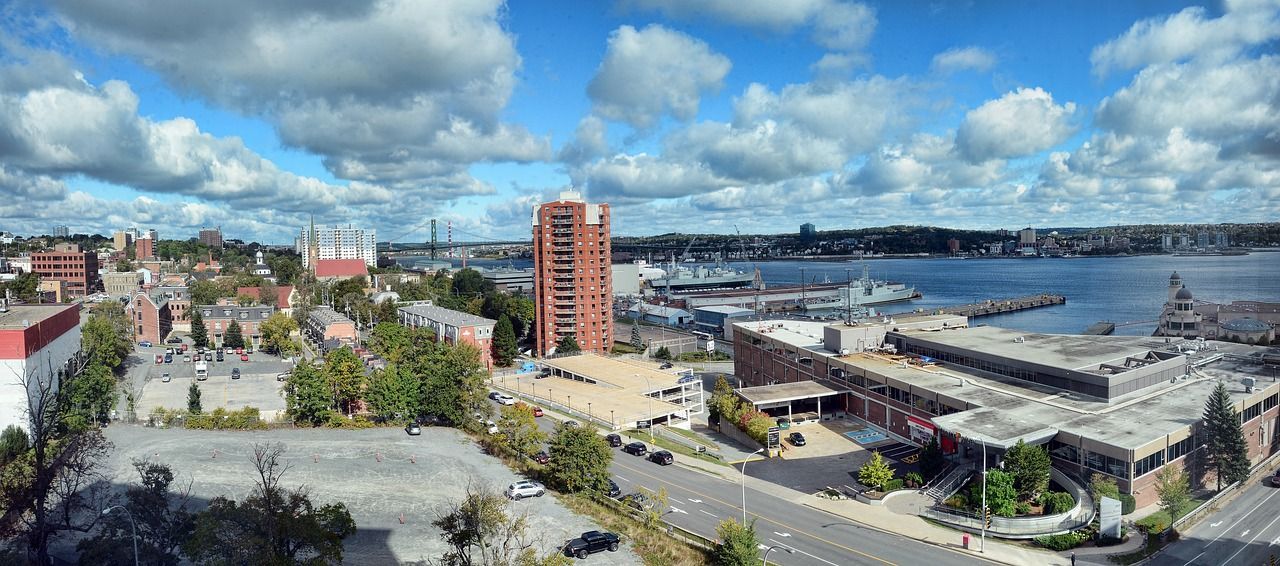
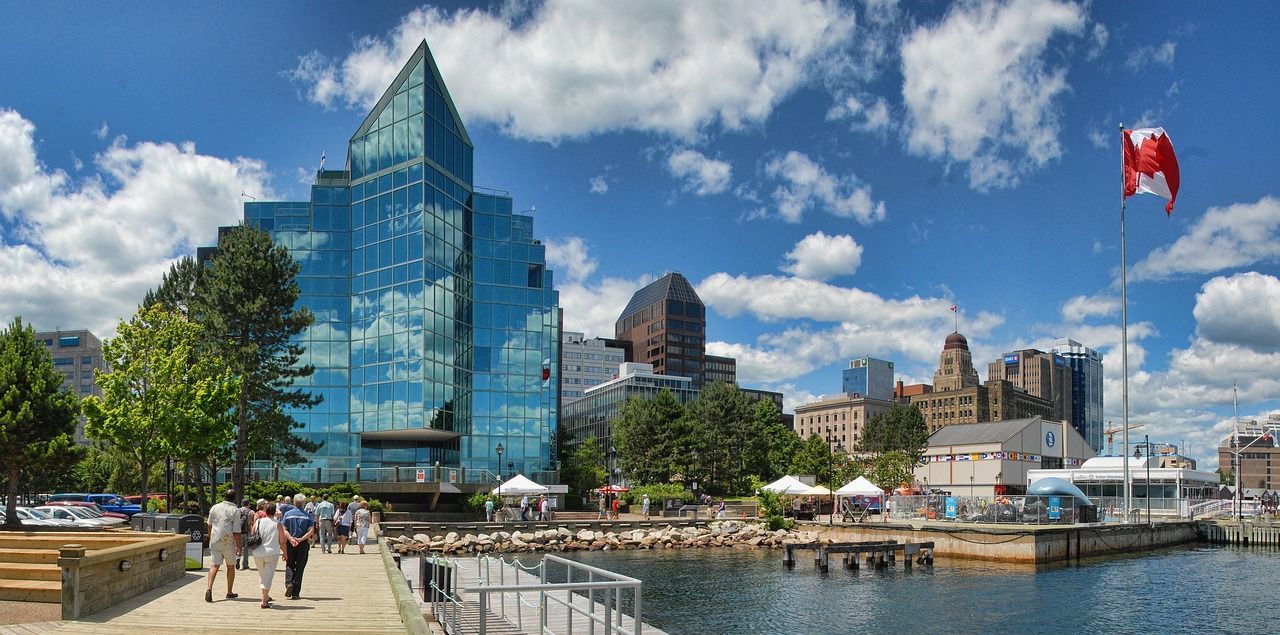

<p class="rteBlock">Renerico Construction</p>
We are a team of skilled carpenters, electricians and renovators who are ready to make your dreams become a reality. Give us a call today!
powered by Champion Promotions
GET IN TOUCH
STAY CONNECTED
Join our newsletter and find out more
Contact Us
We will get back to you as soon as possible.
Please try again later.
